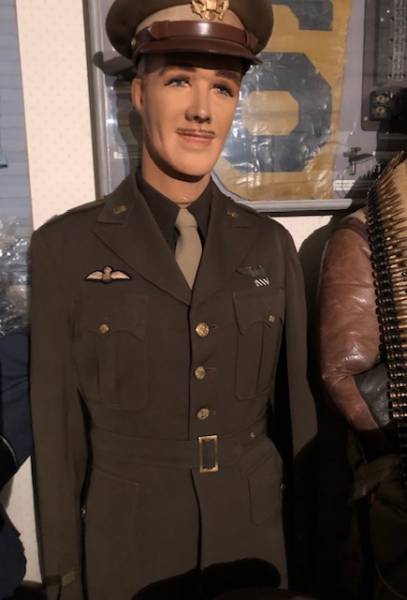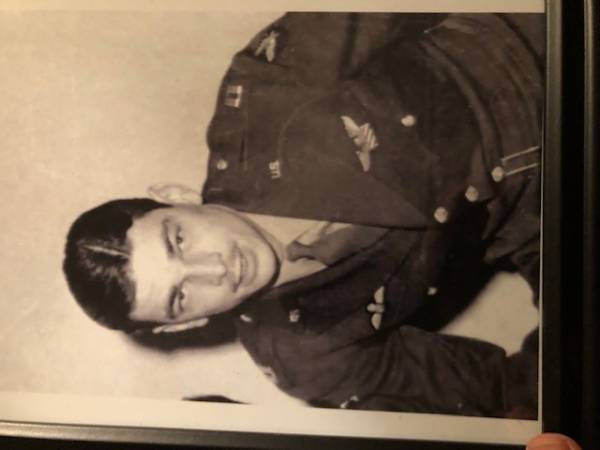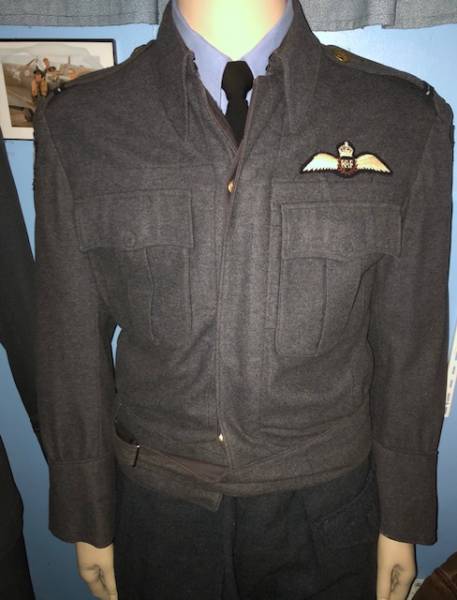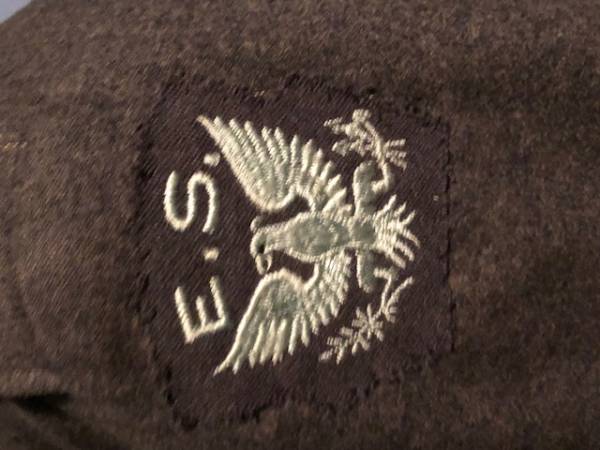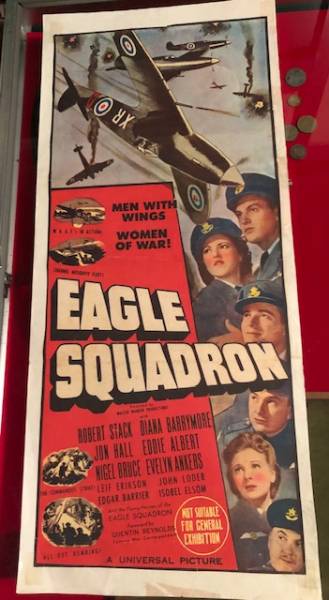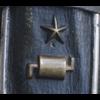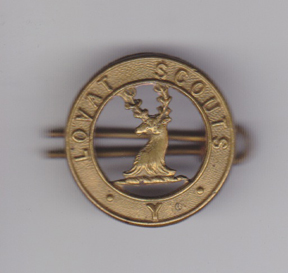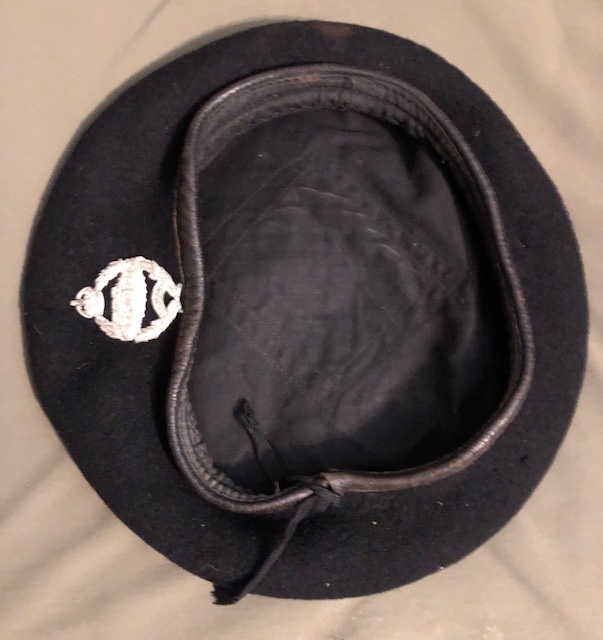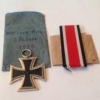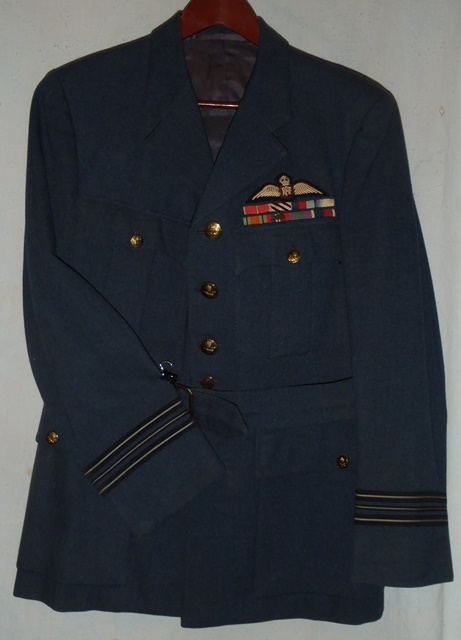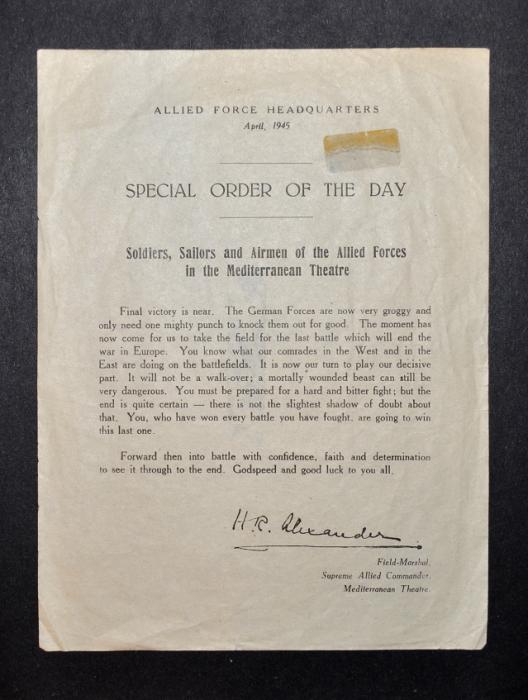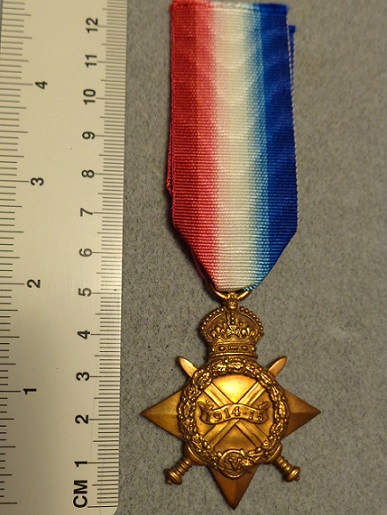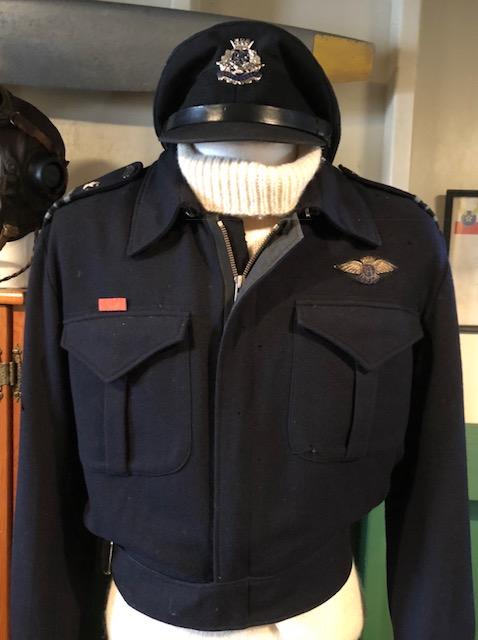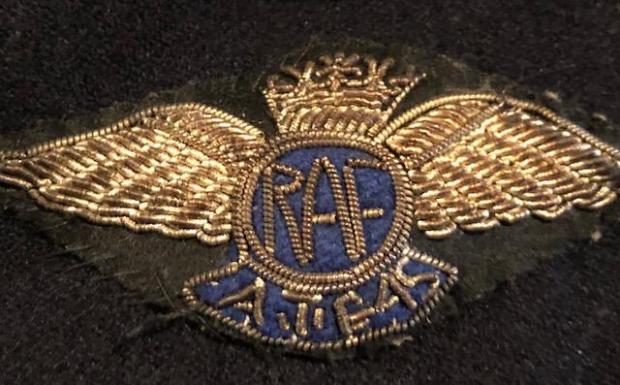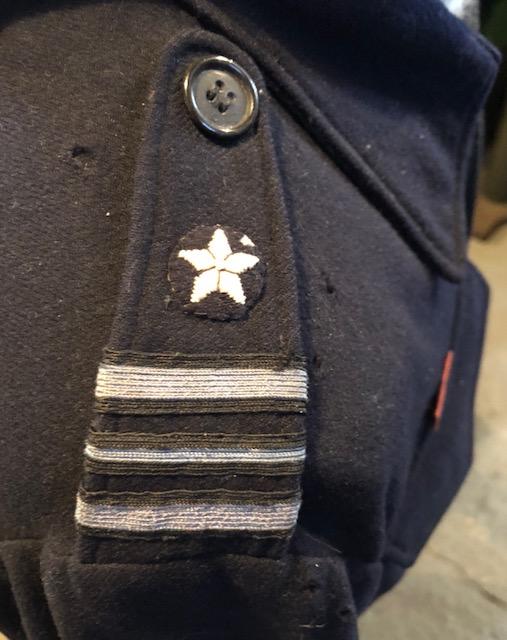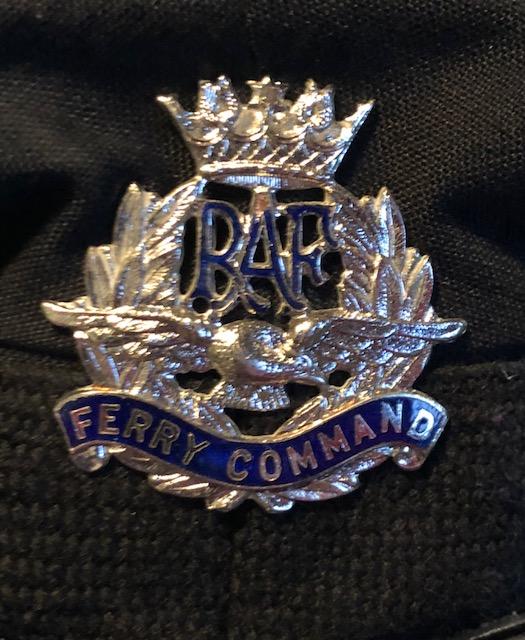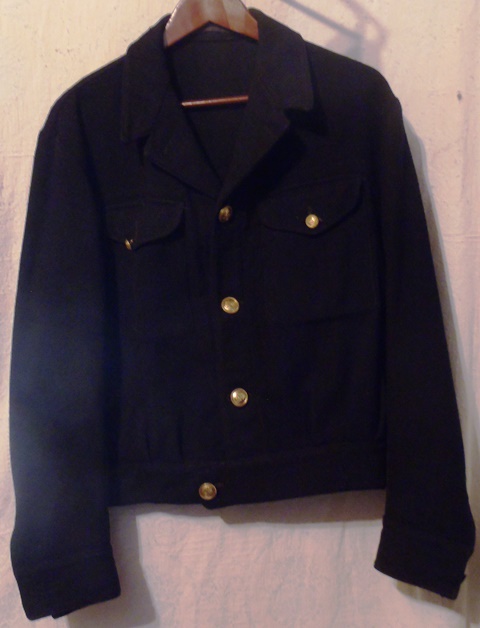Search the Community
Showing results for tags '20th Century'.
-
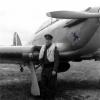
20th Century RAF - 121 Eagle Squadron
Scarecrow posted a topic in Uniforms, Insignia, Equipment & Medals
US service jacket that belonged to Reade Tilley. Reade was from Clearwater Fl, he joined the RCAF in June of 1940, arrived in the UK in April 1941 where he joined 121 Eagle Squadron in May. He was posted to 601 Squadron in April 1942 where he was one of the daring pilots that flew a Spitfire off the deck of the USS WASP to reinforce Malta. When in Malta he was posted to 126 Squadron. Reade became a 7 victory Ace while flying with the RAF in Malta, earning the British DFC which was presented to him at Buckingham Palace in October 1942. Also in October Reade transferred to the USAAF where he was assigned to 8th AF Headquarters. In the photo attached of Reade he is wearing what I believe to be this service jacket. -

20th Century Film Costume Eagle Squadron Uniform - Worn by Howard Banks
Scarecrow posted a topic in Uniforms, Insignia, Equipment & Medals
Here's a Battledress (correct nomenclature - "Blouse Aircrew") from the 1942 movie "Eagle Squadron" by Paramount pictures. A movie filmed during the war that the real Eagle Squadron members were invited to the London premier. Starring Robert Stack, Eddie Albert, Diana Barrymore and Nigel Bruce. The Battledress/Costume was worn in the movie by Actor Howard Banks. I have another worn by Actor Lee Bennett. The jacket is not a "real" battledress but a Hollywood made costume, the wool material is quite different from an authentic one. What's interesting is the closure buttons and epaulet buttons are Hollywood cast metal RAF buttons painted a gold color. Whereas the originals just had plain black Bakelite buttons. The Eagle Squadron patches are interesting in the fact that they are E.S. patches "of the period" but made for the movie not the real E.S. pilots. A real E.S. patch will set one back $500 but again these are period. The poster shown is an original Day Bill poster and I also have a couple original Lobby Cards for the movie. Just thought others might like to see. -
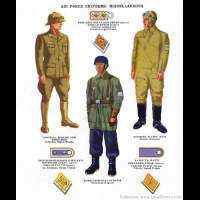
20th Century Were British Army Units Awarded Croix de Guerre in WWI & WWII?
patches posted a topic in Uniforms, Insignia, Equipment & Medals
Were the British awarded as a unit the CdG and the subsequent Fourragere like U.S. Army units were? I mean why not right, they fought a whole lot of bloody actions in France in WWI, crucial battles, and again in WWII, 1940 and again in Normandy. I only seen one example, the 2nd Battalion Devonshire Regiment along with the 5th Battery Royal Artillery in WWI awarded a CdD w/ Palm for Bois des Buttes in May 1918, the first such award to a British Army unit. Should be a lot more awarded no, maybe there's a list??? Then there's WWII, would figure a lot of CdG would of been awarded to units, but haven't seen anything so far. . -
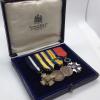
20th Century WW1 Second battle of Gaza killed in action
Militaria of the Past posted a topic in Uniforms, Insignia, Equipment & Medals
I’ve had this small group for about a year. Thought I would share it here since I had not yet. Private Robert Hogg Born in Selkirk, Scotland December 30, 1880 Died on April 19, 1917 Private Hogg enlisted April 6, 1915 and served with the 1/4 & 1/5 Kings Own Scottish Borders. He fought at Gallipoli and was killed in action during second Battle of Gaza. Sent from my iPhone using Tapatalk -
The cap badge belonged to my grandfather who entered the Lovat Scouts in 1915. He went on to serve in Belgium in the Cameron Highlanders and Gordon Highlanders ultimately losing both legs to machinegun fire and shrapnel on the battlefield.
-

20th Century Formation signs Normandy 1944
2032eric posted a topic in Uniforms, Insignia, Equipment & Medals
Hi All Here are some of my formation signs of units that fought in Normandy in Summer of 1944 I really like the design of these insignias Eric -
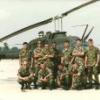
-

20th Century Royal Armored Corps black beret for review
MattS posted a topic in Uniforms, Insignia, Equipment & Medals
Thoughts on the age of this mothy beret and badge would be appreciated! I see a King's crown, not sure of the age of the beret. -

20th Century The Windak Denison smock
kammo-man posted a topic in Uniforms, Insignia, Equipment & Medals
Frederick Boy Browning is considered the father of the British Airborne forces. Here is a Windak Denison custom smock that was given to a US 10th group officer in 1984 by his widow the author Daphne De Maurier. Browning was known for his love of special uniforms and it’s my opinion he contracted these officers issue garments through an AM contact as special officer items. Here’s the jacket Sent from my iPhone using Tapatalk -
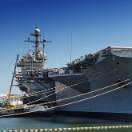
20th Century British Navy - Fore and Aft Hat Set c. 1930s
ussjfkcv67 posted a topic in Uniforms, Insignia, Equipment & Medals
Here is a Royal Navy fore and aft set recently donated to me. It is nice shape and has a name associated with it but I haven't had time to research it. If anyone ca tell me more about it like its age and the rank I would appreciate it. -

20th Century Grouping of Insignia Named to Major General Sir Brian Wyldbore-Smith
ussjfkcv67 posted a topic in Uniforms, Insignia, Equipment & Medals
This is one of only a few named British groups that I have. It came from the uniform of Major General Sir Brian Wyldbore-Smith. it was passed on to me years ago by a friend who got it from the General back in the 1980s. The insignia was on a uniform and in the pocket of the uniform that was once worn by the general but had been damaged to the point that my friend just saved the insignia. I created the display as seen here using the insignia as a tribute to his service. I just thought I would share it. -
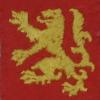
Multiple Eras British Royal Cyphers on Buttons
dag posted a topic in Uniforms, Insignia, Equipment & Medals
Each of the British monarchs had their own "Cypher" that was sometimes put on buttons, badges, etc. Many just had the crown for Queen Victoria, or "King's crown" (used for all four kings between Victoria and Elizabeth), or Queen Elizabeth crown. But a few, such as the Royal Engineers buttons & badges, had the full cypher as well. Attached pictures from my Royal Engineer buttons. -
Not sure whereto place this! Few items from my friends stuff! He has other including large color print in frame that really is nice! I am sure others can tell about this high ranking man! I am not a great typist! Lets see your stuff! PVON
-

20th Century RAF Officer’s Service Dress Uniform
Brian Keith posted a topic in Uniforms, Insignia, Equipment & Medals
I picked up this uniform in London in 1992, likely overpaid at the time, but Ive always been happy to have it. It is named inside: S/Ldr.C. Holdway. I wouldnt know how to research him. It features Squadron Leader Rank on the cuffs; the insignia above left pocket is the Royal Air Force Pilot Qualification Badge, Ribbons, (L to R) British Empire Medal ribbon; Distinguished Flying Cross Medal ribbon; 1939-1945 Star Medal ribbon; The Atlantic Star Medal ribbon; the Defense Medal ribbon; the War Medal, 1939-1945 ribbon with palm; the General Service Medal ribbon and the RAF Long Service Medal and Good Conduct Medal ribbon. It appears to have a date on the label of 2/53, February, 1953. Thanks for looking, comments welcome! BKW -

20th Century WWII Rhodesian Pilot Brevet
Allan H. posted a topic in Uniforms, Insignia, Equipment & Medals
Again, I suppose that this ought to go in the Africa Section, but again, they wore RAF uniforms and insignia. Here is a WWII Rhodesian Air Force pilot's brevet with a matched pair of Rhodesia nationality titles above. The device below the wing is a Royal South African Air Force Cap badge from WWII. Again, these brevets are REALLY tough to find. Allan -

20th Century Some WWII Royal South African Air Force Wings
Allan H. posted a topic in Uniforms, Insignia, Equipment & Medals
OK, so these really ought to go in the Africa section, but I have decided to put them here since the RSAAF was a part of the British Empire during WWII, wearing British RAF uniforms with South Africa nationality titles and brevets. These don't show up all that often. I feel fortunate to have the three examples that I am showing here. The top piece is hand embroidered and highly padded pilot's brevet. You can see a fair amount of wear to the wings. The second wing is also a pilot brevet, but is machine embroidered The bottom "half wing" was worn by observers who served as bombardiers and in other crew positions. THis wing is HAND EMBROIDERED, but the embroidery is so tight, that it really resembles machine embroidery. Allan -
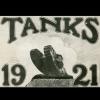
20th Century Field Marshal Alexander Letter
tanks1921 posted a topic in Uniforms, Insignia, Equipment & Medals
-

20th Century 1914/15 Star - Royal Scots
us82bravo posted a topic in Uniforms, Insignia, Equipment & Medals
My primary collecting interest is US items. However, like many of you, for various reasons I acquire other things along the way. While going through some of these others, I came across this British 1914/15 Star that I have no idea when or where I got it. I decided to do some research on the medal for my own edification. References indicate that an estimated 2.4 million 1914-15 Stars were issued. Neither the 1914 Star nor the 1914-15 Star were awarded alone. The recipient would also have received the British War Medal and the Victory Medal. I do not have the War Medal nor Victory Medal. The recipient's service number, rank, name and unit were impressed on the reverse. I did further research into the individual named. The first reference indicated the individual's first name was Jackson. He was a member of the 5/6th Royal Scots. Regiment number was confirmed as 1731 as was the rank of Private. Further research indicated that his full name was Donald Jackson Allan and he was killed in action in France on 16 September 1916. Initial research indicates he was killed in operations associated with the Battle of the Somme. I have not looked for specific unit involvement information yet. continued... -
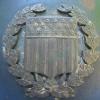
20th Century Maltese Rubble Camo Helmet from Maleiha, Malta!
Bugme posted a topic in Uniforms, Insignia, Equipment & Medals
When I thought I'd never find another WWII Britiah helmet done in the Maltese rubble camo, I found this one out of Maleiha, Malta. This particular helmet is done in the typical Rubble Camo pattern, however this one has had sand added to the lighter color. Finding one of these was hard so, I can't believe I found another. -

20th Century UK War Medal, 1939 to 1945
stratasfan posted a topic in Uniforms, Insignia, Equipment & Medals
The War Medal, 1939-45 was instituted on 16 Aug 1945, and awarded for service in the Armed Forces and the Merchant Navy. The medal was granted in addition to campaign stars and the Defence Medal. Requirement for the award of the War Medal 1939–1945 to full-time military personnel was 28 days of service, wherever rendered. Requirement to the Merchant Navy was 28 days of service anywhere at sea during the qualifying period. Foreign citizens commissioned or enlisted into British Forces, who did not receive a similar award to the War Medal 1939–1945 from their own Governments, were also eligible to qualify for the award of this medal. Personnel who received a Service Star for less than 28 days of service were also awarded the War Medal 1939-45. DESCRIPTION A round disc planchet with a non-swivel bar suspender. The front shows the profile of King George VI with the Royal title written around the edge. The reverse has a lion standing on the body of a two-headed dragon (the two heads symbolizing the Western and Eastern enemies). At the top, the two years are inscribed. The colours of the ribbon represent the Union Jack. DEVICES Bronze Oak Leaf (denotes a mention in despatches, King's Commendation for Brave Conduct, or King's Commendation for Valuable Service in the Air) As I have been able to find, this is mainly as close to a WWII victory Medal for the UK as you get! DETAIL: If you have any to share or more information, please feel free to post here! -

20th Century UK WWII Defense Medal
stratasfan posted a topic in Uniforms, Insignia, Equipment & Medals
The Defense Medal is awarded for non-operational service such as those service personnel working in headquarters, on training bases and airfields and members of the Home Guard. The medal is also awarded for non-operational service overseas (for example, service in India or South Africa). To qualify for the Defense Medal, you must have either: 1080 days (3 years) service in the UK between 3 Sep 1939 and 8 May 1945 1080 days (3 years) service in the Home Guard between 14 May 1940 and 31 Dec 1944 360 days (1 year) non operational service overseas between 3 Sep 1939 and 2 Sep 1945 180 days non operational service in an overseas area deemed to be closely threatened or subject to air attack between 3 September 1939 and 8 May 1945 The colours of the ribbon symbolise enemy attacks on Britain’s ‘green and pleasant land’ and the black out. This is a cool medal to learn to recognise the ribbon of, as if you watch any British films or TV shows set in late WWII or the post-war years, police and many soldiers have this ribbon on their uniform! I'm not sure what era this particular medal is, but this is Sis' UK medal. We each got our first UK medal for Christmas on 2017. Super fun and very beautiful medal! Feel free to post pictures of yours for reference or to share! -
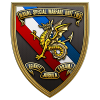
20th Century GHQ India Formation Signs
Gunslinger posted a topic in Uniforms, Insignia, Equipment & Medals
General Headquarters * GHQ * India Garrison/HQ: Delhi General Archibald Wavell was initially the C-in-C Middle East and later the C-in-C India (India Command) from 1941/43. GHQ was formed for the development of Military aid & planning of operations in China and Liaison with Russian forces in the Far East. Early period of the war, India Command was responsible for parts of the Middle East (Aden, Iraq and Persia) for provision of troops and their maintenance until the formation of Persian & Iraq Command was formed in 1942. The Commander-in-Chief, India was also responsible for operations and strategic concerns in India, Ceylon, China and Burma. GHQ India controlled all Allied Operations until formation of SEAC in 1943, this included British, Indian, Chinese and American units. After creations of SEAC, GHQ India was responsible for defense of North West Frontier, Internal Security, training and as a supply base. The main focus became for units, formations, reinforcements and training establishment with comprehensive training in jungle warfare. At peak the C-in-C India, General Wavell had some 2,000 officers and 2.5 million troops under his command. GHQ India is where British and American Forces fought the China Burma India war prior to the formation of the SEAC. Was the Headquarters of General Stilwell, General Merrill * Unit Galahad or Merrill Marauders (5307th Composite Unit Provisional) * and others. Below are some examples of the locally made insignia worn by the GHQ staff Printed badge Embroidered badge Officer's Bullion badge CDub -

20th Century Regiment Cap Badge of the 17th / 21st Lancers (Death or Glory)
Thor996 posted a topic in Uniforms, Insignia, Equipment & Medals
Not sure of the period, but I believe it to be Second World War. From the web, I found the following information about the regiment: A Regiment Cap Badge of the 17th / 21st Lancers (Death or Glory) .The 17th/21st Lancers was a cavalry regiment of the British Army from 1922 to 1993. It was formed in 1922 in England by the amalgamation of the 17th Lancers (Duke of Cambridge's Own) and the 21st Lancers (Empress of India's). From 1930 to 1939 it was deployed overseas; first in Egypt for two years, and then in India for seven. In 1938 the regiment was mechanised. On the outbreak of war, the regiment immediately transferred back to the UK. When it arrived it had no equipment apart from rifles and revolvers. Although it was designated as a Heavy Armoured Regiment it never received the equipment; initial training was with a few Medium tanks and some lorries. It was designated as a Divisional Cavalry Regiment in 1940 but given machine guns and vehicles to make it a Motor Machine-Gun Regiment. In this form it was part of the 1st Motor Machine Gun Brigade (with the 16th/5th Lancers, 2nd Lothians and Border Horse) under 12 Corps defending south-east England. It then came under 26th Armoured Brigade in 6th Armoured Division later in the year. A group of personnel from the regiment were detached in December to form the cadre of the 24th Lancers. In November 1942, the division was deployed to Tunisia for Operation Torch. Now equipped with Valentine Mk III and Crusader Mk III tanks, the regiment saw action in the Tunisia Campaign for some time, including taking heavy losses defending Thala in the Battle of Kasserine Pass in February 1943 during which fourteen tanks were put out of action.[2] After this, the regiment was withdrawn and refitted with M4A2 Sherman tanks. In April, the regiment attempted to take the Fondouk Pass during which thirty-two tanks were put out of action.[2] The campaign in Tunisia came to an end in May 1943, with the surrender of almost 250,000 German and Italian soldiers who subsequently became prisoners of war (POWs). Most of the 6th Armoured Division (minus the 1st Guards Brigade) then deployed to the Italian Front in March 1944, and fought to breach the Gustav Line, taking part in Operation Diadem, the fourth and final Battle of Monte Cassino.[2] The regiment advanced to the Gothic Line, and spent the winter there—at points, serving as infantry rather than as an armoured unit, due to the static nature of the trench warfare there.[2] After the final breakthrough in April 1945, codenamed Operation Grapeshot, the regiment ended the war in Austria -

20th Century RAF Ferry Command Uniform Flying Jacket
Scarecrow posted a topic in Uniforms, Insignia, Equipment & Medals
This is the Ferry Command "regulation" dark blue Battledress or Suits, Aircrew blouse. On March 25, 1943 The name "Ferry Command" was officially changed to "Transport Command 45 Group". According to Warren Carroll in his excellent work "Eagles Recalled" he states that when the name was changed many of the "old timers" retained their Ferry Command insignia. That is the exact case here where this jacket sports the Air Transport Command (ATC 45) brevet or wing but he retained the Ferry Command badge on his visor cap. Couple of interesting stats about the Ferry/Transport Command, it's flying component was comprised of approximately 75% RAF/RCAF service personnel and 25% civilian contract flyers. These flying crews were approximately 59% American, 28% British, 10% Canadian and the remaining 3% other nationalities. The one thing I have not been able to confirm is the wearing of the "star' above the rank. One source I found says you were authorized to wear the star after you completed 5 or 10 transatlantic ferry flights. But I have yet to find anything official, my search hindered by the fact that after the war many of the Ferry Command records were lost or destroyed. Also I do not know the significance of the solid red ribbon over the right hand pocket. -

20th Century Admiralty Working Dress Blouse
Brian Keith posted a topic in Uniforms, Insignia, Equipment & Medals
A buddy in England sent this to me several years ago. He said they are not very common and some of his collector buddies didnt want him to send it to the states. Thanks for looking, BKW

